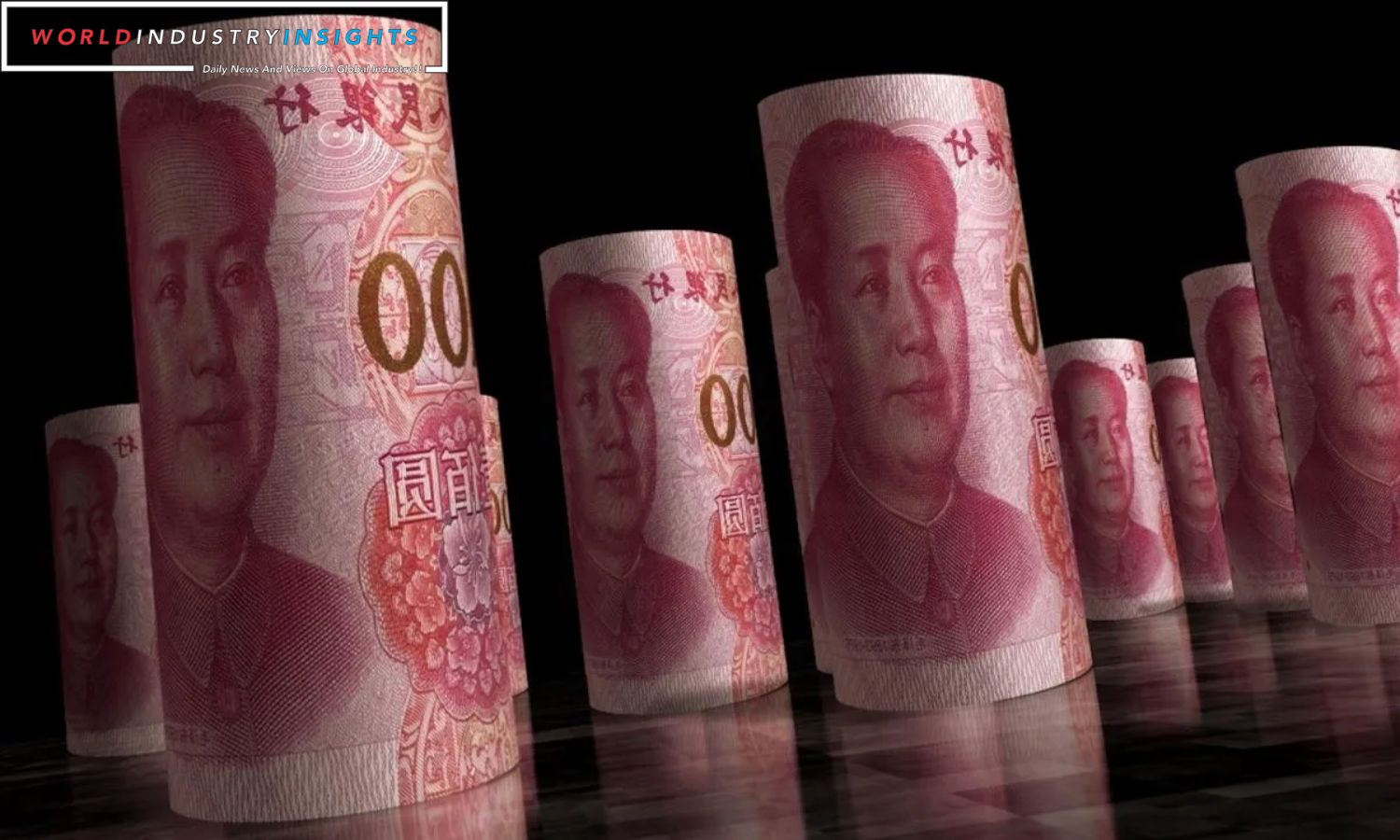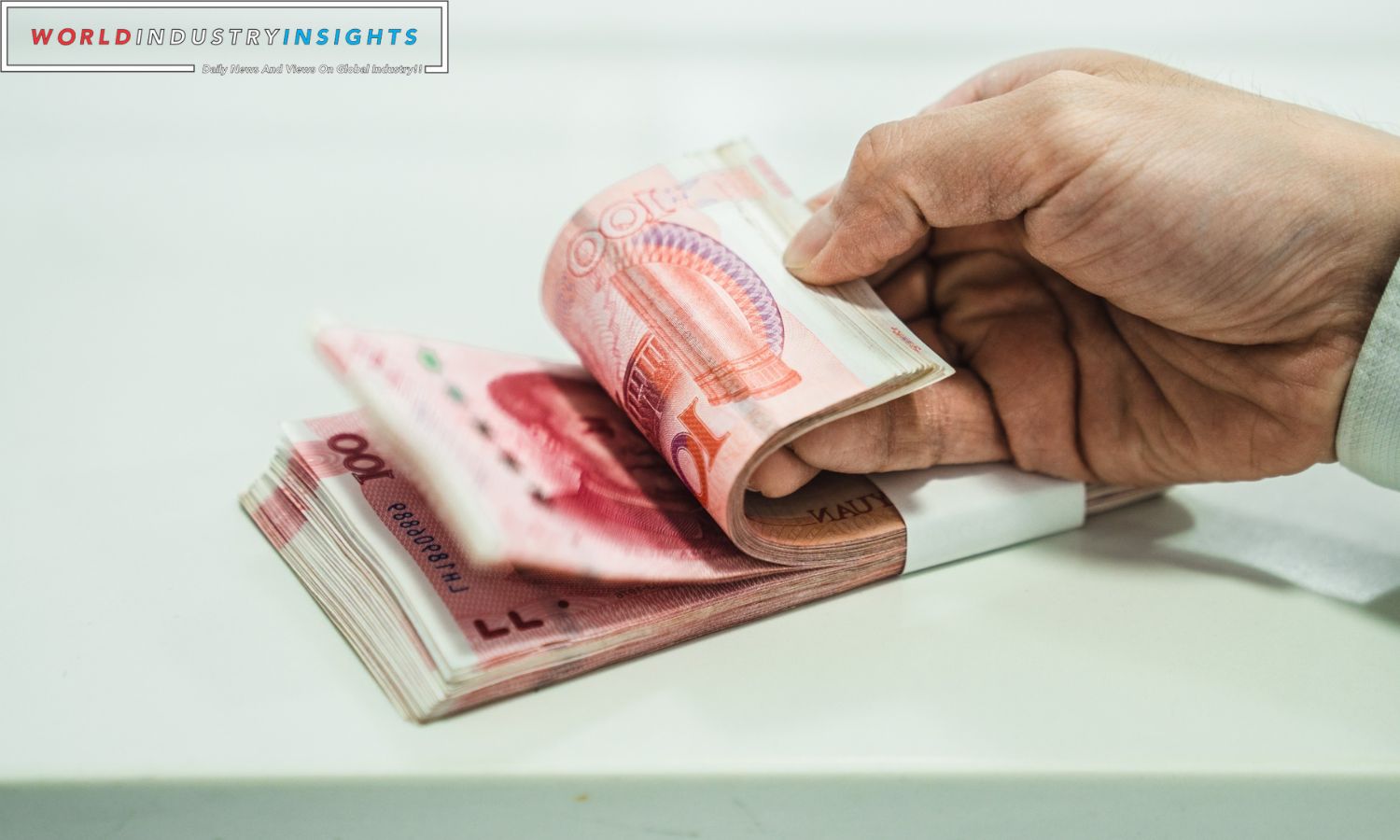China Currency Maneuvers: In a surprising move this week, China’s major state-owned banks actively engaged in the currency market, boosting the yuan’s recovery against a broadly weakened U.S. dollar, as disclosed. Traditionally, these big banks, which sometimes act on behalf of Chinese monetary authorities, have sold dollars to stem the yuan’s decline. However, their recent activity of buying yuan while the currency was already on the rise raised eyebrows among insiders.
Over the past week, the yuan strengthened by 2%, reaching levels of around 7.13 to the dollar, its highest in nearly four months. The state banks appeared to follow their standard combination of swaps and spot market activity, exchanging yuan for dollars in the onshore swap market and subsequently selling those dollars in the spot currency market.
This unexpected move comes amid a broader weakness in the U.S. dollar, with the dollar index retreating more than 3% in November due to signs of a peak in Federal Reserve monetary tightening. Market observers speculate that state banks might be aiming to accelerate the yuan’s gains to encourage exporters to convert more of their foreign exchange receipts into yuan. Despite its recent uptick, the Chinese currency is still down more than 3% against the dollar this year.
The state banks’ selling of dollars caused the onshore spot yuan to briefly touch 7.1296 per dollar, firmer than its daily official guidance for the first time in four months. The People’s Bank of China (PBOC) has also been consistently lowering the dollar-yuan daily fixing rate this week, setting it at a 3-1/2-month low of 7.1406 per dollar on Tuesday.
Also Read: China State Banks Actively Exchange Dollars for Yuan Amid Currency Decline
“It is surprising to see they keep lowering the fixing at this rate. To me, it looks like they are doing preparatory work ahead of a policy rate cut,” remarked Kiyong Seong, lead Asia macro strategist at Societe Generale. “When the external environment is favorable, they appear to strengthen the CNY as much as possible.”
Despite signs of a recovering economy, the PBOC seems cautious, injecting cash through medium-term lending facility loans while maintaining the rate unchanged. Analysts anticipate that further monetary easing could add downside pressure on the Chinese currency, given the wide interest rate differential between China and other economies, especially the United States.
“Some volatilities around this level could be likely at this time, unless there are more further significant downside dollar moves or additional major sentiment positive events,” commented Zhi Xiaojia, chief China economist at Credit Agricole. “Indeed, the yield gap remains quite wide, and we are still expecting more policy easing, including PBOC rate and reserve requirement ratio cut.” Zhi expressed relative optimism about the yuan’s performance into the end of the year and 2024.


